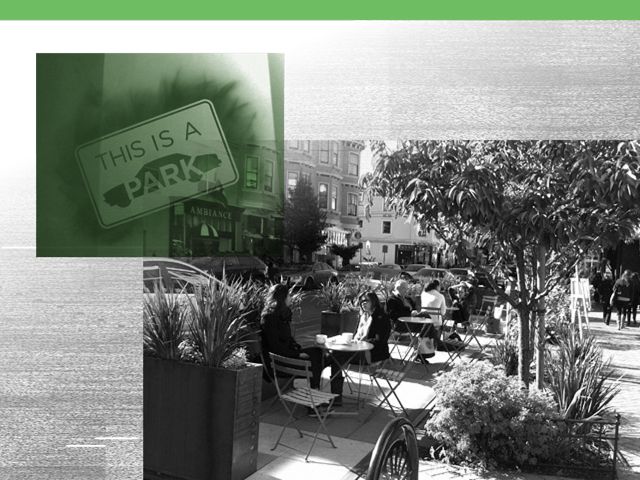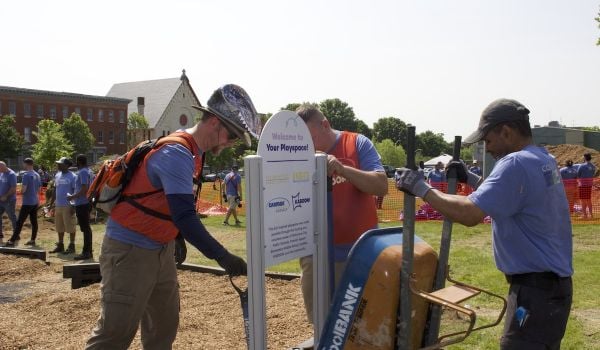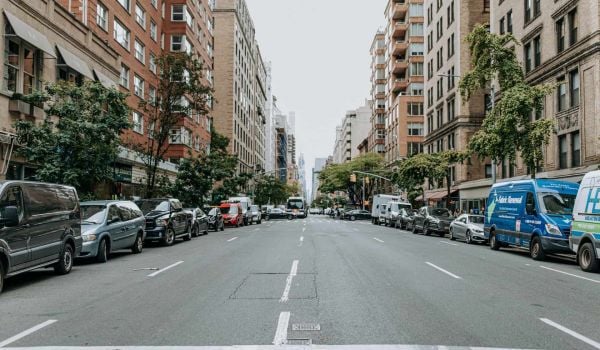Over the next two weeks, Next City will unroll short profiles of 77 people, places and ideas that have changed cities this year. Together, they make up our 2012 Disruption Index. Forefront subscribers can download the Index in full as a PDF, complete with beautiful designs and graphics by Danni Sinisi. Readers who make a $75 donation to Next City will have a full-color printed copy of the Index mailed to them.
You can make a city better for a week, a day or even an hour. And in a growing number of communities, the idea of temporary urban interventions is becoming one of the most effective ways to create change. In 2012, ephemeral, pop-up urbanism has stepped from the fringes of the grassroots to the mainstream of citymaking. But don’t let the temporary nature of this strategy fool you; its implications are anything but. The popup model allows fledgling entrepreneurs to realize their visions without the expenses of a brick-and-mortar business, encouraging individuals to take small risks with big payoffs for the communities they serve. While a food truck may have once been more associated with poor neighborhoods and construction sites, they’re now a scene-making urban phenomenon. And while the concept of retail establishments that are only around for a month might have once seemed like a self-destructive business model, pop-up shops are now seen as a way to bring life to areas that are otherwise empty.
Urban designers and economic developers have embraced these types of temporary projects, and for good reason. The evolution from the temporary park creation of Park(ing) Day to the permanent “parklets” built by cities like San Francisco and Long Beach, Calif. is proof of the way that these small-scale ideas can spread. The more of these efforts get tested out, the more they’re likely to catch on, even if just for a little while. In the cumulative, these temporary investments have the potential to upend the traditional business development cycle and dramatically increase the number of urban entrepreneurs enlivening our streets and enriching our economies.

Nate Berg is a writer and journalist covering cities, architecture and urban planning. Nate’s work has been published in a wide variety of publications, including the New York Times, NPR, Wired, Metropolis, Fast Company, Dwell, Architect, the Christian Science Monitor, LA Weekly and many others. He is a former staff writer at The Atlantic Cities and was previously an assistant editor at Planetizen.
















